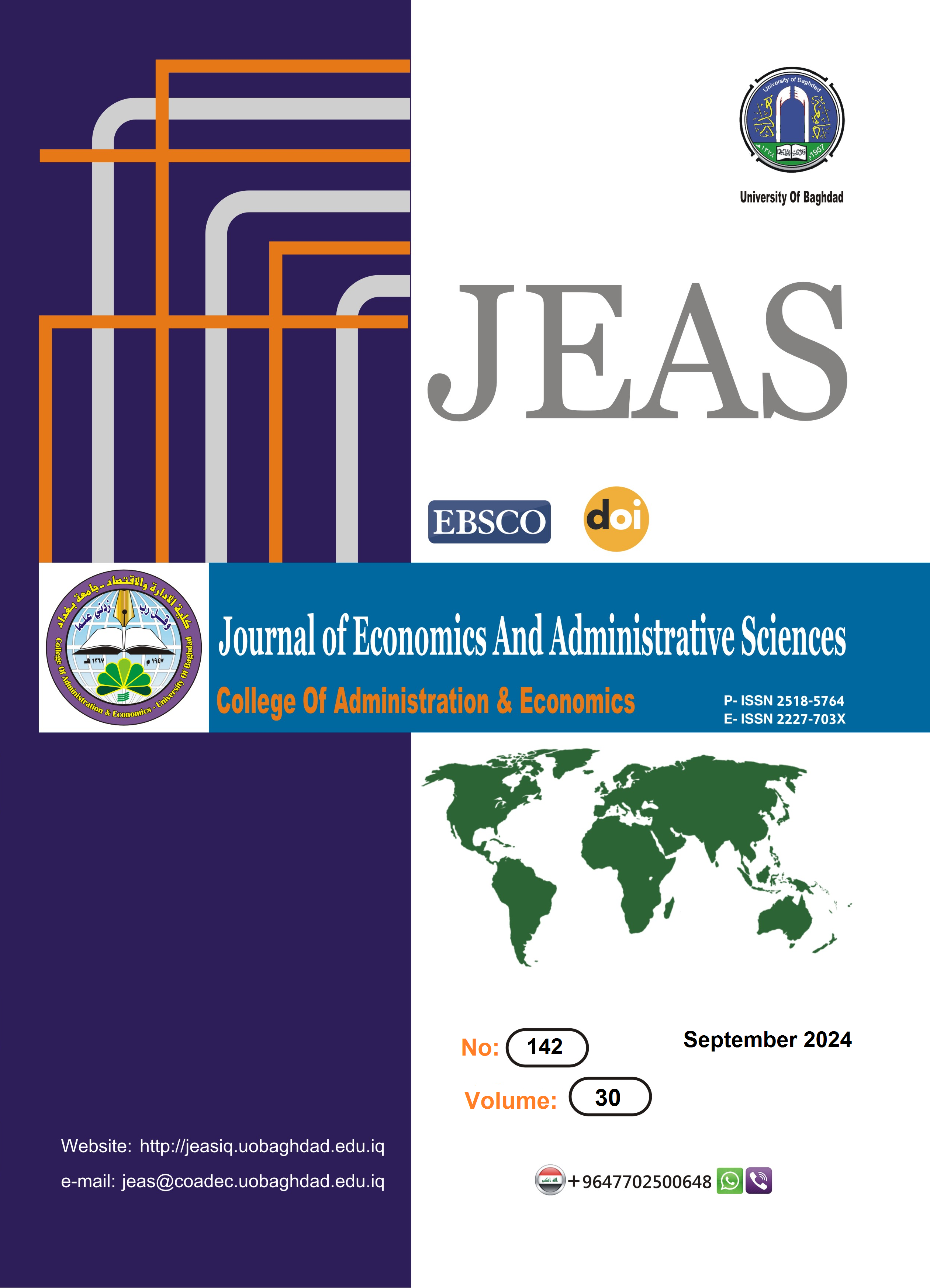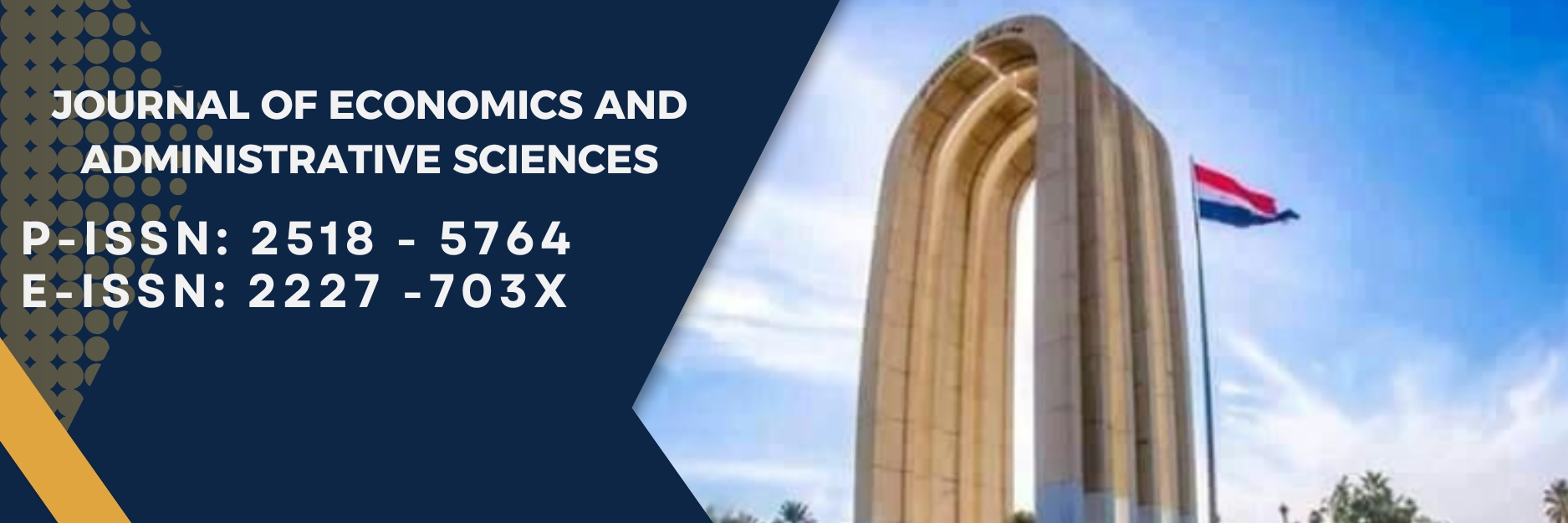The Fuzziness Models with The Proposed New Conjugate Gradient Method for The Classification of High-Dimensional Data in Bioinformatics
DOI:
https://doi.org/10.33095/ahnw8r72Keywords:
Bioinformatics, Optimization, Fuzzy Neural Networks, Accuracy, Conjugate Gradient, Gene Expression Data.Abstract
The development of the subject of bioinformatics may be attributed to the exponential growth of biological data, namely the huge amount of high-dimensional gene expression data. The discipline of bioinformatics efficiently tackles issues in molecular biology through the use of optimization, computer science, and statistical methods. The present study introduces a new optimization strategy, namely the proposed conjugate gradient method (PNCG), for the purpose of learning a fuzzy neural network model using the Takagi-Sugeno approach. This study presented a novel algorithm that addresses the issue of delayed convergence seen in the Polak Ribière Polyak (PRP) and Liu-Storey (LS) techniques by using the PRP method. The research used simulated and real datasets to empirically evaluate the suggested method. The results of the study demonstrated that the suggested method exhibited superior performance compared to other well-established methods. The experiment included the use of three publicly available datasets related to cancer. The findings indicate that the proposed approach is both extremely efficient and feasible, hence exhibiting a significant degree of efficacy in terms of average training dataset time, average training dataset accuracy, average testing dataset accuracy, average training dataset mean squared error (MSE), and average testing dataset MSE.
Paper type: Research paper
Downloads
Published
Issue
Section
License
Copyright (c) 2024 Journal of Economics and Administrative Sciences

This work is licensed under a Creative Commons Attribution-NonCommercial-NoDerivatives 4.0 International License.
Articles submitted to the journal should not have been published before in their current or substantially similar form or be under consideration for publication with another journal. Please see JEAS originality guidelines for details. Use this in conjunction with the points below about references, before submission i.e. always attribute clearly using either indented text or quote marks as well as making use of the preferred Harvard style of formatting. Authors submitting articles for publication warrant that the work is not an infringement of any existing copyright and will indemnify the publisher against any breach of such warranty. For ease of dissemination and to ensure proper policing of use, papers and contributions become the legal copyright of the publisher unless otherwise agreed.
The editor may make use of Turtitin software for checking the originality of submissions received.


























